“We share a passion for ordinary Dublin people and their places, and we wanted to document the visually striking space of the Smithfield fruit, vegetable and flower market in order to portray its beauty and authenticity before it closes this month and another piece of old Dublin is no more,” says Liadh Connolly, a young photographer who, in tandem with the stylist Zoe Redmond, staged this fashion shoot with clothes from Dublin charity and vintage shops.
It makes these images taken in this structurally beautiful Victorian building a valuable social document and some of the last taken in a once thriving market – “a building that once fed Ireland” – according to a local, now coming to an end.
Joe Duffy, a third-generation market trader well known for his flowers, and five other traders will be the last to vacate the premises in a few days’ time, ending a history that began more than a century ago. Duffy can remember the famous strawberry auctions, the publicity surrounding the sale of the first Irish vegetables of the season, and the “forests” of Christmas trees his grandfather auctioned.
“There were so many thousands that he would have no voice at Christmas,” Duffy says. “In the 1980s there were 36 or 37 traders here, and there wasn’t an inch of space.”
With three hotels being built nearby, many locals believe the new market will be aimed at tourists
Now Dublin City Council, having cleared the building, intends to complete its restoration and repurpose it for another generation with retail food producers, artisan bakers, butchers, cheesemongers, greengrocers and more.
Forklift trucks, towering stacks of potatoes, street traders’ prams and other familiar sights will not be part of this plan. With three hotels being built nearby, many locals believe the new market will be aimed at tourists. Richard Shakespeare, Dublin City Council’s assistant chief executive, has said that he wants a market “with a quintessential Dublin feel”, although it is not known yet who will run this enterprise.
Surrounded by buckets of flowers in the almost empty building, Duffy says it’s a sad day “but this has got to the stage where we want it to come to an end – negotiations have gone for so long”, admitting that he has never met Shakespeare, “only his understudies”, and, like many others, believes that because so many city councillors come from the west of Ireland “they don’t have the same heart of Dublin as we have”.
His grandfather started the business in the 1890s, followed by his son, Joe’s father, who initially trained as a tailor with Louis Copeland. Since taking it over, Joe had greatly developed the wedding and funeral business. He will eventually move to a nearby premises. About 90 per cent of his flowers are imports, mostly from the Netherlands.
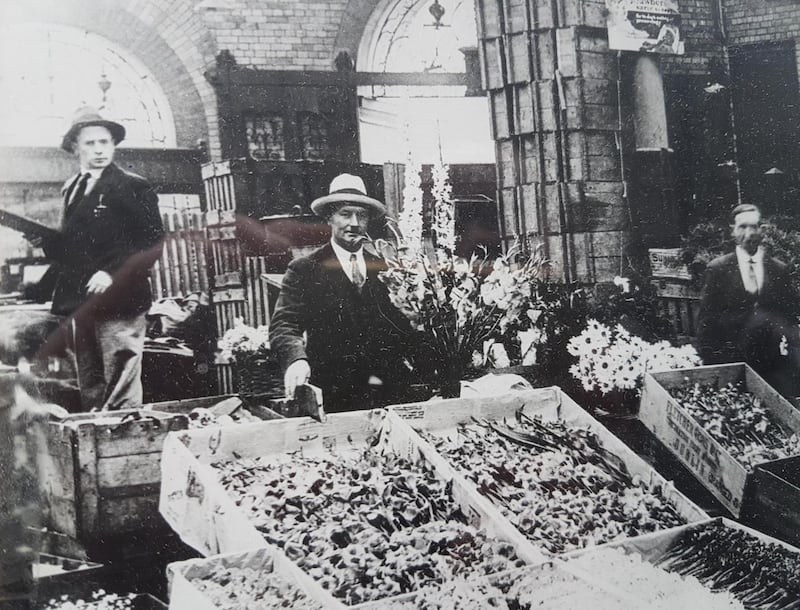
For Connolly and Redmond, this is the first of a series of projects they are planning that use fashion to highlight doomed areas of old Dublin.
Connolly’s experience of living for a year in Brooklyn, where she saw old warehouses and industrial buildings being reused rather than demolished, has informed her approach.
“We paired this location with clothing from charity and vintage shops to promote the idea that a cool and interesting outfit can be made from repurposed items for a more ethical and sustainable approach to fashion,” Connolly says.
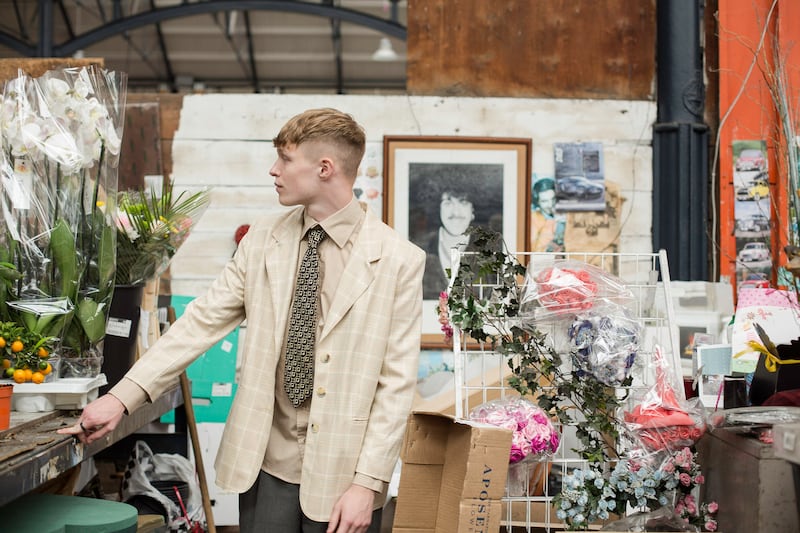
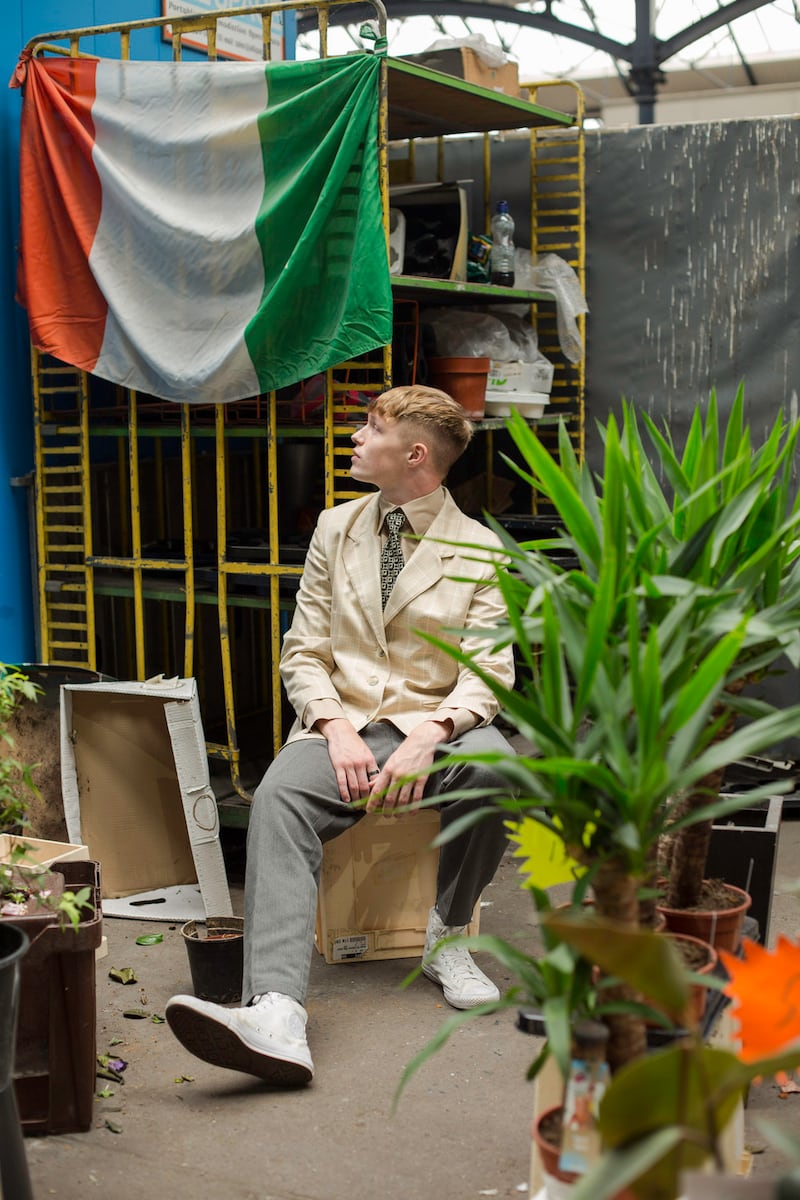
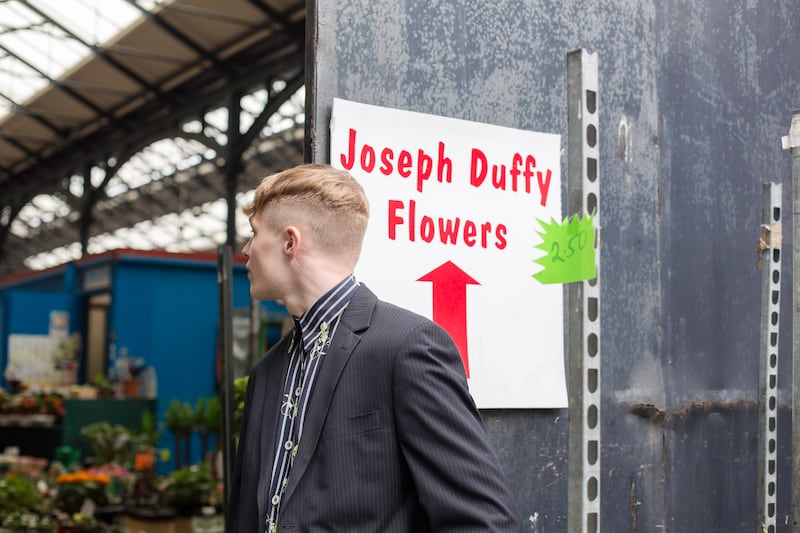
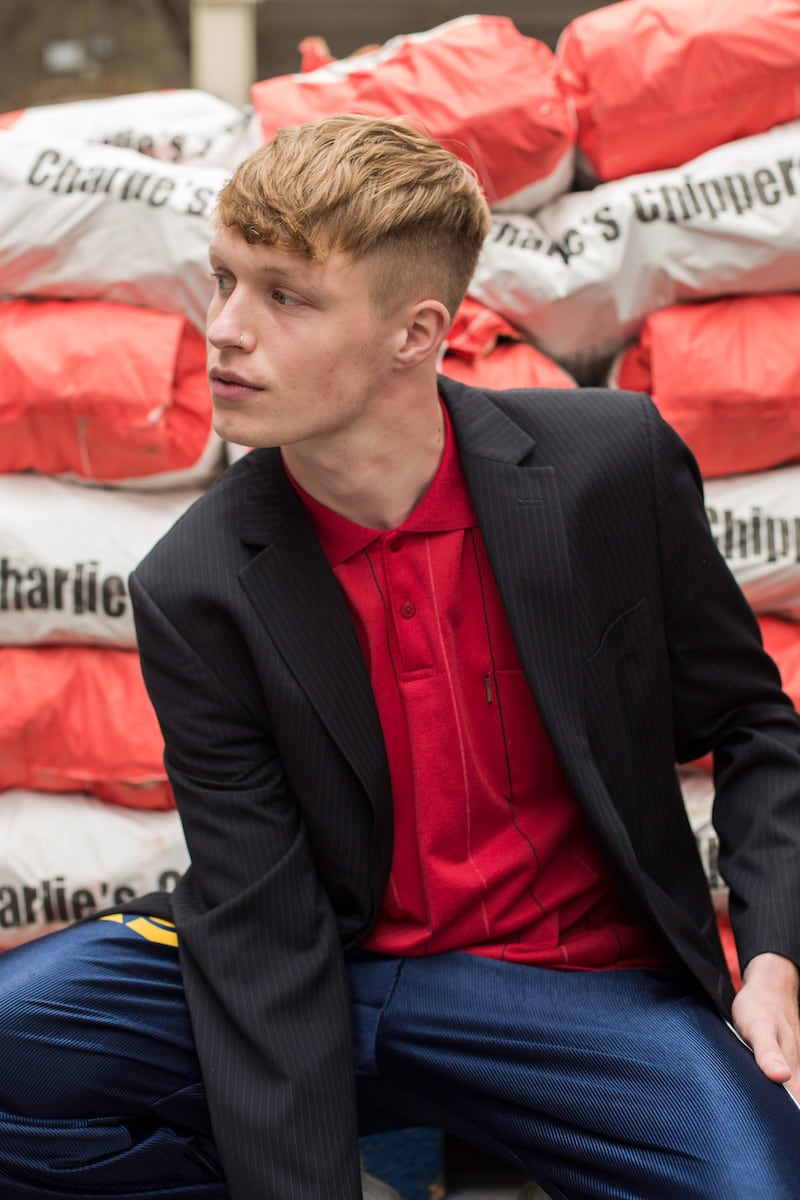
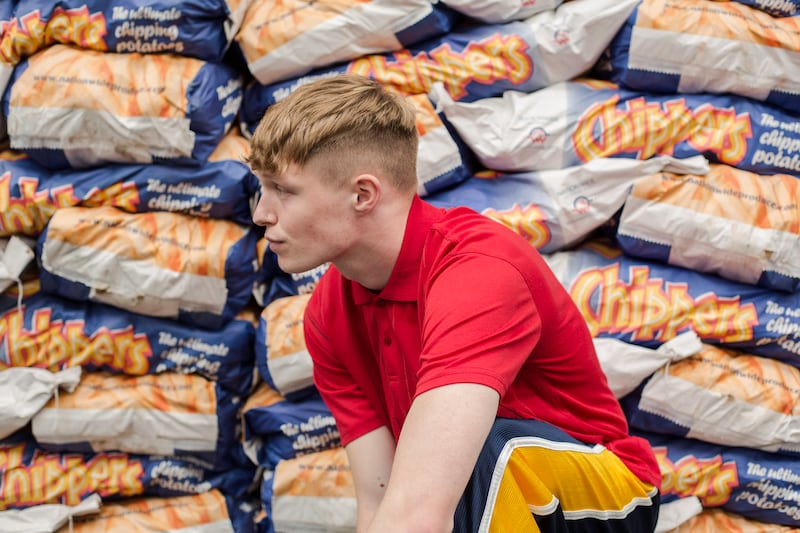
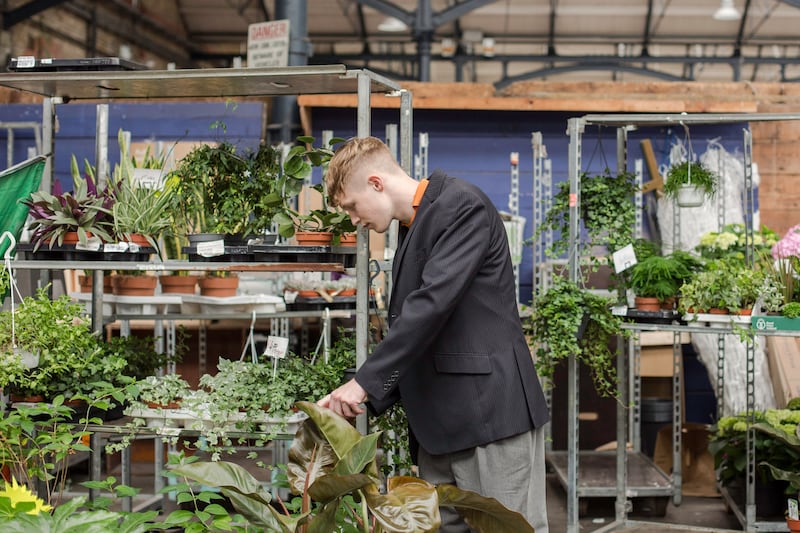
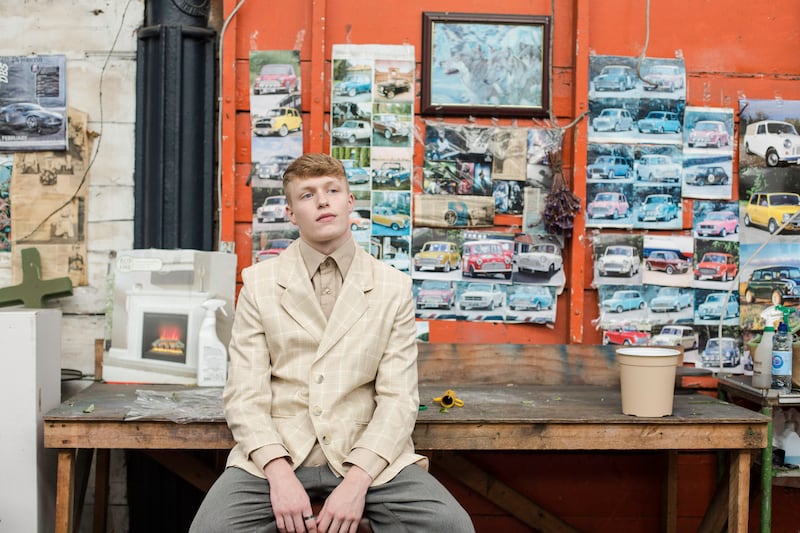

Photographs by Liadh Connolly; styling by Zoe Redmond. Model: Troy at NotAnother Agency










